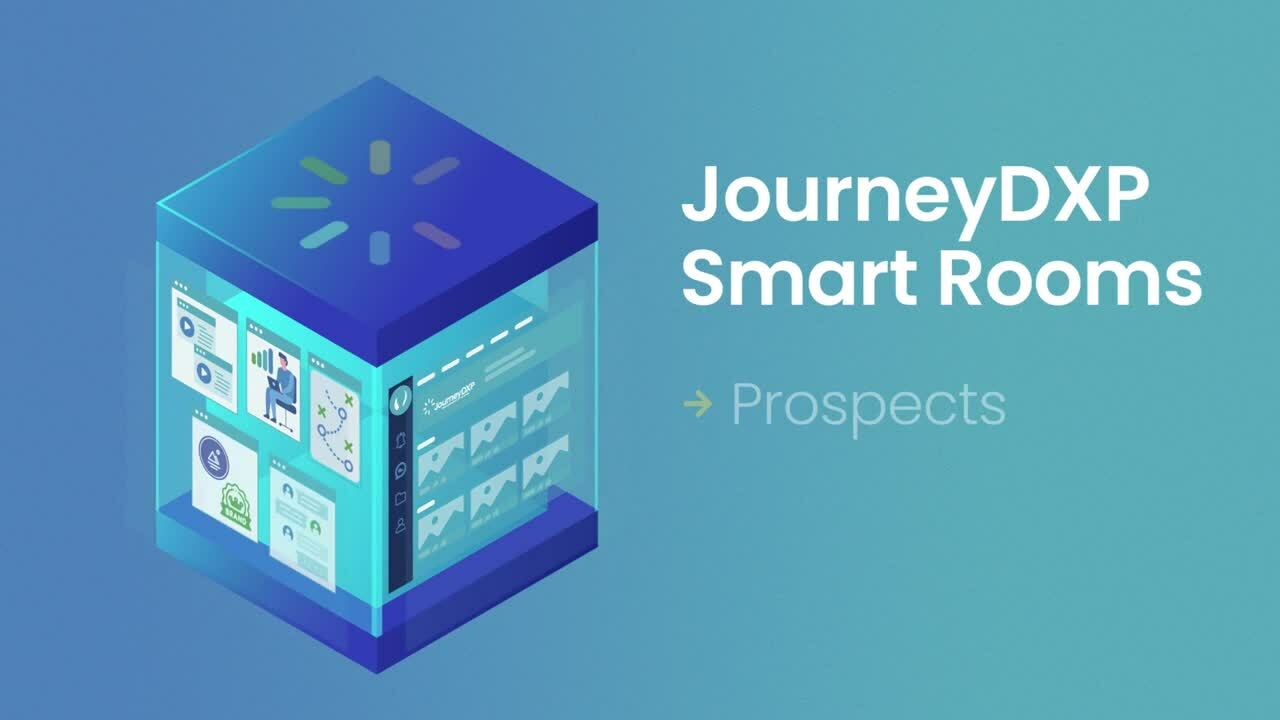In the B2B sales world, it’s always been about M-O-R-E, more. Need to create more opportunities? Hire more reps. Need to close more leads? Apply more training to your reps. Need to improve sales productivity and efficiency? Throw more technology and tools at the problem. More email templates, more scripts, more appointment bookers, more auto-dialing, more meetings, more, more, more.
More, however, is wrong. More has effectively been tuned out by the most important piece of the B2B sales puzzle: the customer.
Ah, the customer. Back in the day, the customer could handle the more approach. In fact, their attention was far less dispersed that more wasn’t really a required sales strategy. Reps could get their customer on the phone in one or two attempts because they’re phone wasn’t constantly ringing and they weren’t dying a slow death by email suffocation. But today? More is impossible. The customer can’t handle it. Their lives are difficult enough already.
But marks and quotas don’t disappear just because your customer doesn’t have the bandwidth for your more, more, more approach. So what do you do?
You make it easier.

Let’s hypothesize that more is dead. The natural solution would then be to find a way to focus on less. Give your customer less to do. Tee up exactly what they need. Don’t guess. Know. Remove the hurdles that make it difficult for your customer to reach consensus and act.
That all sounds well and good, but let’s talk about putting it in practice. Here are two tangible things you can do right now to make it easier for your customer to buy…
Understand Their Buying Behavior
We’ve blogged before about the Amazonification of the B2B buyer. The general gist is that the customer experience Amazon has perfected in the B2C realm has created real expectations in the B2B buying world. When you’re customer’s at home buying non-GMO cat food off Amazon, expectations are taking root. They expect a seamless experience. They expect to be able to access any nugget of information they need whenever they need it. (Read the full post here.) The bottom line is that if your customer buys stuff on Amazon (and that’s a safe assumption), they’re going to want a similar experience in their workaday world as your prospective customer. Understanding how your customer buys—and how that’s rapidly evolved—is the first step in making it easier for them to buy what you’re selling.
Know Where They’re Most Overwhelmed
It’s probably safe to assume that your customer contacts are drowning in emails and they probably don’t even bother answering the phone unless they recognize the number. So why would you want to contribute to that? Why would you want to add to the noise where you won’t be heard, no matter how compelling your story? Figure out what channels are exhausting your customer and stay out of them. Find other ways. (Shameless plug: Smart Rooms solve for this.)
At the end of the day, more isn’t what your customer is looking for. They’re looking for help. They’re looking for a resource that makes their lives easier. And that’s what’ll make it easier for them to buy, from you.
POPULAR
Launching a Dynamic Digital-First Customer Experience
Growth will always be a top priority for B2B companies. If not, customers will inevitably outgrow your offering, and your company will become obsolete.
RELATED
How Sdrs Can Engage And Develop Every Contact And Account
Remember when you made a phone call and someone picked up and listened? Or when you sent an email and someone replied? Me neither. The truth is, only 19 percent of buyers want to connect with...




